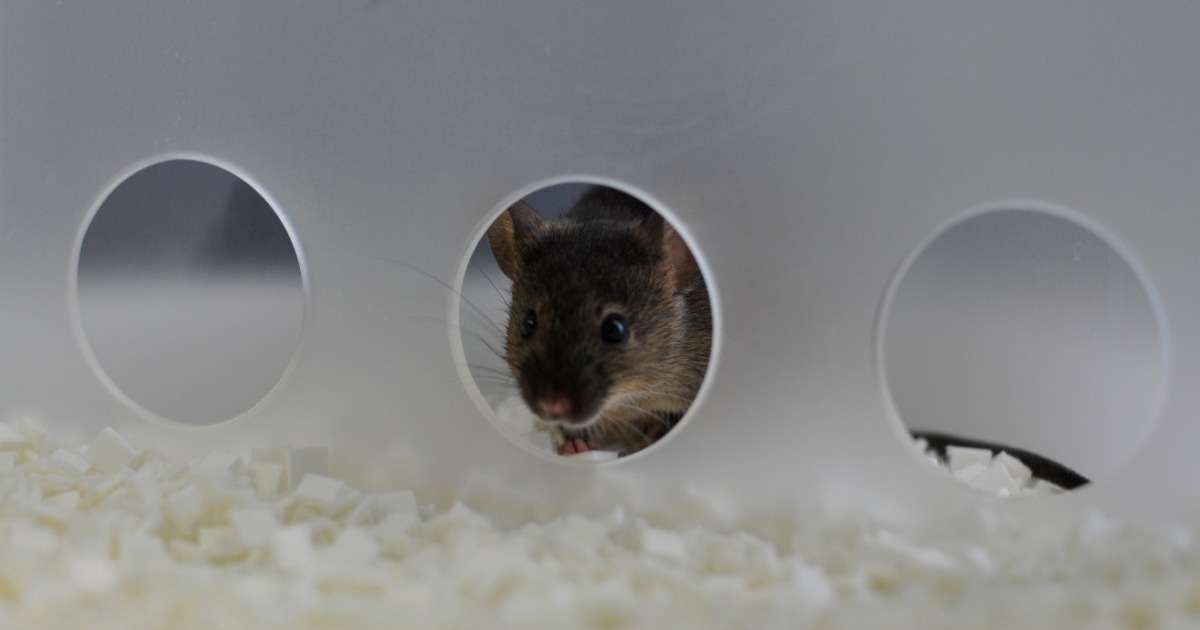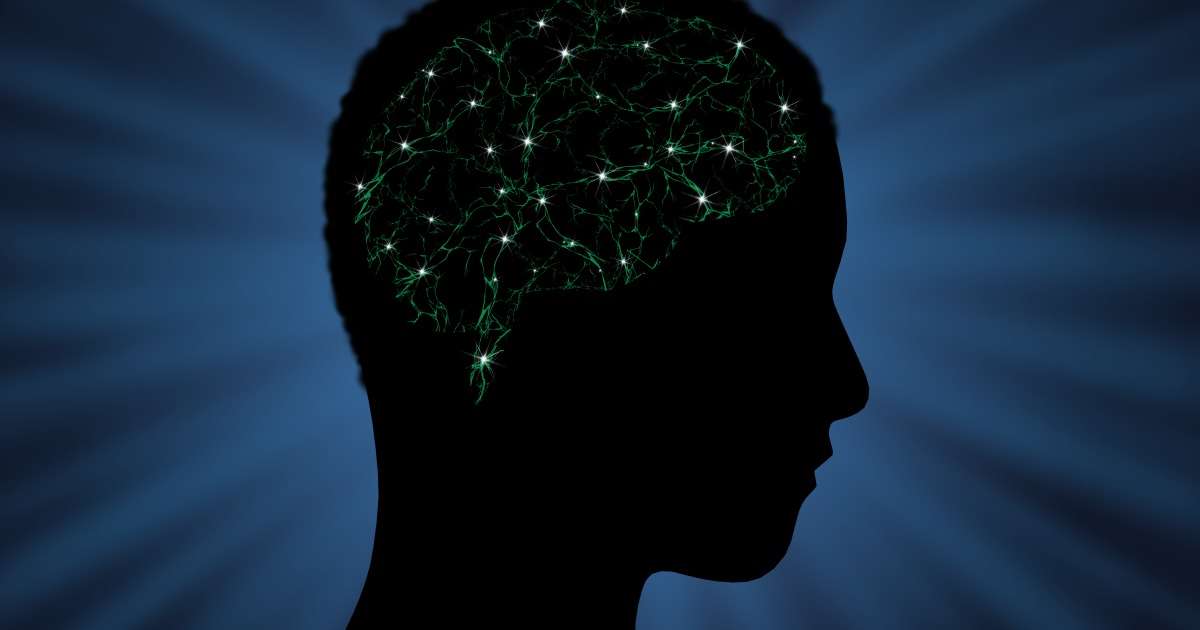
Unlocking the link between CNS infections and cognitive decline
Bacterial infections in the brain can have lasting effects even after recovery. In this blog we will look a study that used PhenoTyper and the CognitionWall to study the mechanisms behind this cognitive impairment.

How emotions are made
Neuroscience research in the past decades has shown that our brain gives meaning to our experiences and sensations, through concepts such as emotions.

In utero alcohol exposure, the effects on brain and behavior
About 10% of women worldwide drink during their pregnancy. This could cause the fetus to suffer from fetal alcohol syndrome, which can lead altered tissue structures in the brain to motor deficits.

Air pollution and brain development, mouse behavior gives insight
Air pollution can have major detrimental effects on health. But, what happens to brain development if a mouse is only exposed in early life. Researchers from the University of Washington studied just that.

Why attend FENS 2022, Forum of European Neuroscience
Where European neuroscience meets the world, and Noldus! FENS Forum has been one of our favorite neuroscience conferences in Europe and we've been exhibiting for years.

Why use Virtual Reality in Neurosciences?
Virtual Reality may become an easy way to calibrate or standardize complex tasks in immersive environments. How can researchers easily apply VR?

Neuromarketing research: Innovative research methods and techniques
Get your face read, your brain measured, and your heart rate checked. Innovative research methods and techniques found their way into neuromarketing.

Researching comorbidity in patients with autism spectrum disorder
Patients with autistic spectrum disorder also tend to have other disorders like epilepsy. Why is that and how can understanding that help us understand autism?

Noldus Grant Assistance Program launched in North America
Grant funding is the lifeblood of academic research. Is successful funding the best path to securing future funding?

Cognitive neuroscience: Behavior
We are in a pandemic where most of us are forced to change our daily behavior. Fortunately, we have our neocortex: it gives us considerable flexibility and creativity in adapting to a changing environment.
